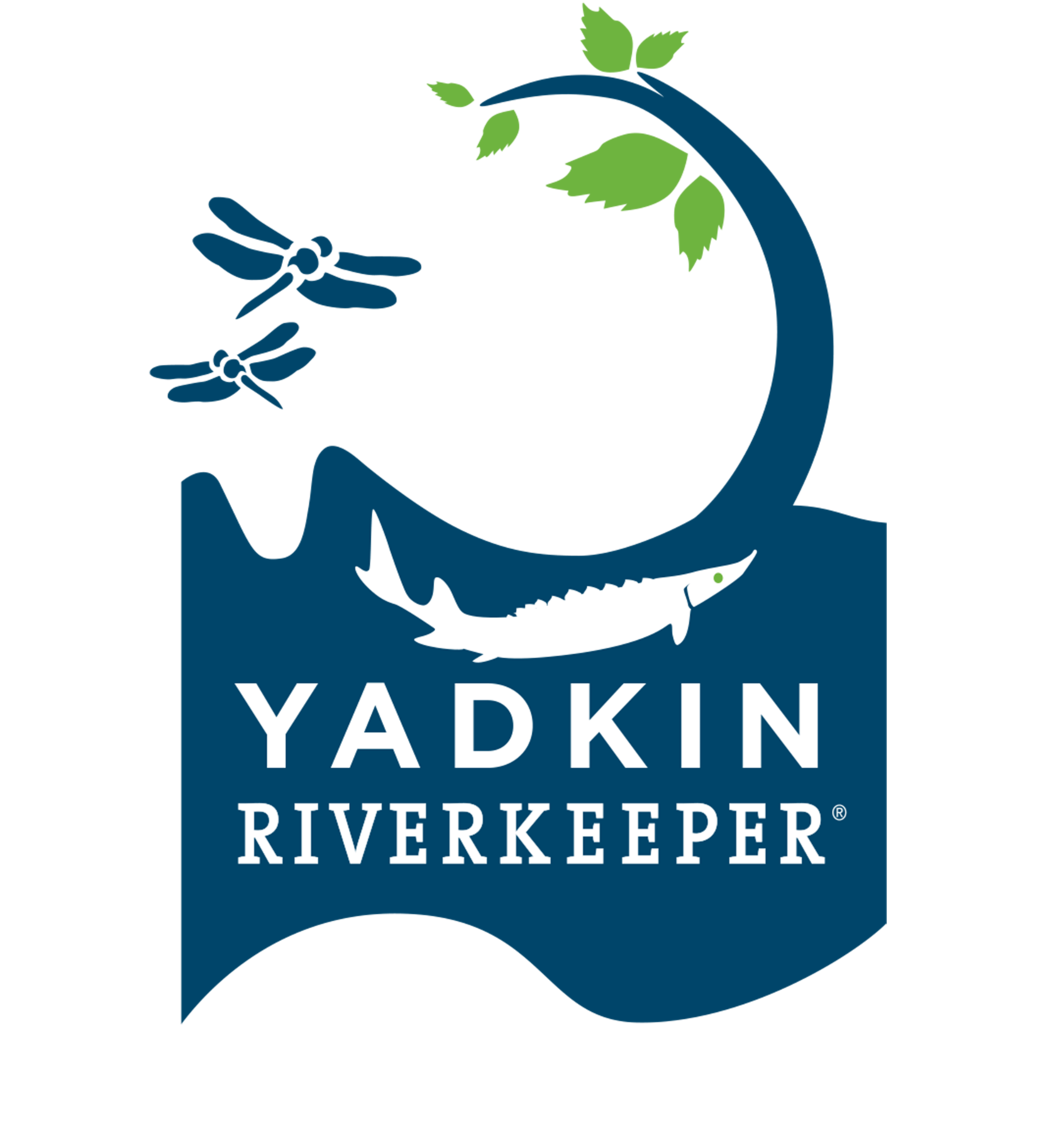You’re all packed up and ready to go! The gear is in the back seat and the boats are tied down, ready to float down the Yadkin for a fun day of paddling or fishing. Unfortunately, it started raining two days ago, and though it has stopped now, you’re wondering what the river will be like – is it safe to paddle? That question depends a lot on your skill level, but there is a solid source to check out to help make that decision before you leave the house: The United States Geological Survey (USGS) Stream gauges.
The USGS operates 40 stream gauges in the Yadkin River Basin in North Carolina, 15 of which are above High Rock Lake. The entire list can be found here.
The uppermost gauge is at Patterson in Caldwell County, so wherever you paddle, you can likely find a gauge relevant to your section of river. Along the main Yadkin, the most important gages for paddlers are Kerr Scott Reservoir (0211139110), Wilkesboro (02112000), Elkin (02112250), Enon (02115360), and Yadkin College (02116500). The gauges present two type of information: water level in feet above gauge height, and cubic feet per second (CFS) of water flowing past the gauge. Both provide important information for the paddler, but many paddlers and outfitters rely primarily on the gauge height. It doesn’t matter which you choose to use; the important thing is relating those numbers to actual river conditions. Johnny Alexander, of Roaring River Canoe Rentals, uses both, plus some local knowledge of the river, when deciding on whether or not to put people on the water.
Johnny grew up on that section of the river, and before he makes a decision, he checks the gauges at Wilkesboro and Elkin, plus the release level of the gate at W. Kerr Scott Reservoir. If the Elkin gauge is close to 4 feet, he doesn’t operate. If it is getting close, he checks the Dam gauge to see what is coming down the river in the next few hours, and if it is over 1,000 cfs, it’s a no-go. If it’s close, he goes to the ramp at Ronda: if the water is up to the expansion gap in the ramp, he cancels. Cindy and Mark Combs of Rocky Forest River Run Outfitters use a similar combination of gauges and local knowledge to make the decision on whether or not to operate, and added that these numbers are for canoes and kayaks; tubing requires a much lower water flow to safely float.
While most don’t have the long experience of being on the river that allows for fine-tuning of decisions at higher water levels, the gauge readings are online and allow even novice paddlers to get an idea of river conditions before they leave home. An important tip for reading the cubic feet per second graphs: the scales are logarithmic, meaning that the top appears compressed – be certain to look at the actual numbers and not just a quick glance at the curve! The cfs graphs also provide the median flow for that day based on past records, which can be a useful reference if you are unfamiliar with that stretch of river.
Comparing the Elkin cfs and gauge height graphs side-by-side shows the relationship between the two: I paddled on September 9th with a gauge height of about 3 feet, and a flow of about 1,500 cfs – this was a pleasant trip and a comfortable water level. However, a few days before, on September 3, 2020, the gauge height was nearly 6 feet (well over the ~4 feet cutoff local outfitters use) with a flow of just under 4,000 cfs – far too high and too much water for safe paddling! You can also note that the median flow (yellow triangles) is much lower on both dates – we’ve had a lot of rain recently that is keeping the river a little high.
High water creates several safety issues for paddlers: increased debris in the water, the increased presence of sweepers (low hanging branches that “sweep” paddlers out of the boat), strainers (downed tree branches that let water pass through, but trap boats and paddlers against them), high standing waves, and fast currents that decrease the reaction time available to avoid obstacles. Tubers face increased problems sooner than boaters and need to adjust their thresholds to lower levels than used for canoes and kayaks.
Boating on the Yadkin is a great pastime, but the river can be dangerous as well, especially at high water levels. Take time to start watching the gauges on the sections you float – get familiar with how gauge height or cfs corresponds to actual river conditions and be better prepared to make good decisions before your next paddle!
W Kerr Scott: https://waterdata.usgs.gov/nc/nwis/uv/?site_no=0211139110&PARAmeter_cd=00065,00060
Wilkesboro: https://waterdata.usgs.gov/nc/nwis/uv?site_no=02112000
Elkin: https://waterdata.usgs.gov/nc/nwis/uv?site_no=02112250
Enon: https://waterdata.usgs.gov/nc/nwis/uv/?site_no=02115360&PARAmeter_cd=00065,00060
Yadkin College: https://waterdata.usgs.gov/nc/nwis/uv?site_no=02116500
USGS also offers a mobile app for checking gauges, and alerts are available for preset water levels.

